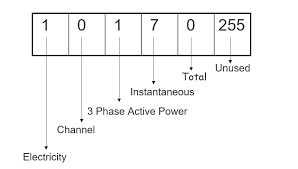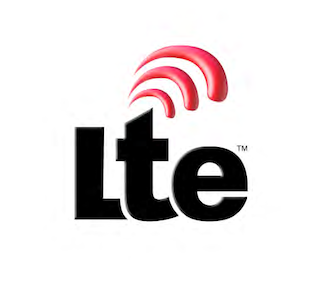RF434 technology for smart metering
Radio Frequency (RF) technology has been a game-changer in the field of smart metering, enabling efficient and wireless communication between utility providers and meters. Among the various RF technologies, RF434 has gained prominence for its exceptional reliability, long-range capabilities, and low power consumption. In this article, we will delve into the significance of RF434 technology in smart metering, exploring its benefits, applications, and the ways it contributes to a more sustainable and connected future.
Understanding RF434 Technology
RF434 technology operates in the 434 MHz frequency band, which is within the industrial, scientific, and medical (ISM) radio band. This frequency band is widely used for low-power, short-range wireless communication applications, making it suitable for smart metering systems. Here's how RF434 technology is making a significant impact:
- Long Range Communication: RF434 technology is known for its impressive communication range, allowing smart meters to transmit data to utility providers over long distances. This extended range ensures that meters in even remote areas can communicate effectively with the central data collection point.
- Low Power Consumption: Smart meters equipped with RF434 technology are energy-efficient, operating on low power. This means longer battery life or reduced power consumption when connected to the grid, leading to lower maintenance costs and improved reliability.
- Data Reliability: RF434 technology is designed to provide reliable data transmission, even in challenging environments with obstacles and interference. This ensures that utility providers receive accurate and consistent data from all smart meters in their network.
- Cost-Effective Deployment: Compared to some other communication technologies, RF434 offers a cost-effective solution for smart metering deployments. Its long-range capabilities reduce the need for additional infrastructure, such as repeaters or mesh networks, which can be expensive to install and maintain.
Benefits of RF434 Technology in Smart Metering
- Enhanced Connectivity: RF434 technology facilitates seamless communication between smart meters and utility providers. This connectivity allows for real-time data retrieval, enabling utilities to monitor energy consumption and respond to issues promptly.
- Improved Customer Engagement: With access to real-time data, consumers can make informed decisions about their energy usage. They can monitor their consumption patterns, set goals for energy conservation, and even participate in demand-response programs, which ultimately results in lower energy bills and a more sustainable lifestyle.
- Grid Optimization: The ability to collect data from a vast network of smart meters helps utilities optimize their grids. They can identify areas with high or low demand, detect faults or outages, and make data-driven decisions to enhance the overall reliability and efficiency of the grid.
- Sustainability: RF434 technology's low power consumption aligns with sustainability goals. It reduces the environmental footprint of smart metering systems and contributes to energy efficiency, supporting a greener and more eco-friendly future.
- Scalability: RF434 technology offers scalability, allowing utilities to expand their smart metering infrastructure as their customer base grows. This flexibility ensures that the system can adapt to evolving demands without significant disruption.
Applications of RF434 Technology in Smart Metering
RF434 technology is versatile and can be applied to various smart metering scenarios, including:
- Electricity Meters: RF434-equipped electricity meters can monitor and transmit real-time data on power consumption, allowing utilities to manage electricity distribution effectively.
- Gas Meters: Gas meters using RF434 technology can measure and report gas consumption accurately. This data helps utilities optimize their gas distribution networks and ensure safety.
- Water Meters: RF434-enabled water meters provide real-time information about water usage, aiding utilities in monitoring water resources and reducing waste.
Challenges and Considerations
While RF434 technology offers numerous benefits, there are some challenges and considerations to keep in mind:
- Regulatory Compliance: Different regions may have specific regulations regarding the use of RF434 frequencies. Utilities must ensure that their smart metering systems comply with local regulatory requirements.
- Interference: RF434 operates in the ISM band, which is shared by various other devices. Potential interference from neighboring devices can affect communication quality and reliability.
RF434 technology is at the forefront of revolutionizing smart metering by offering long-range, low-power wireless communication solutions. Its reliability, cost-effectiveness, and ability to support real-time data retrieval make it a valuable choice for utility providers looking to optimize their operations, engage customers, and contribute to a sustainable future. As technology continues to advance, RF434-enabled smart meters will play a pivotal role in shaping the future of energy, water, and gas management, bringing us closer to a more connected and eco-conscious world.


